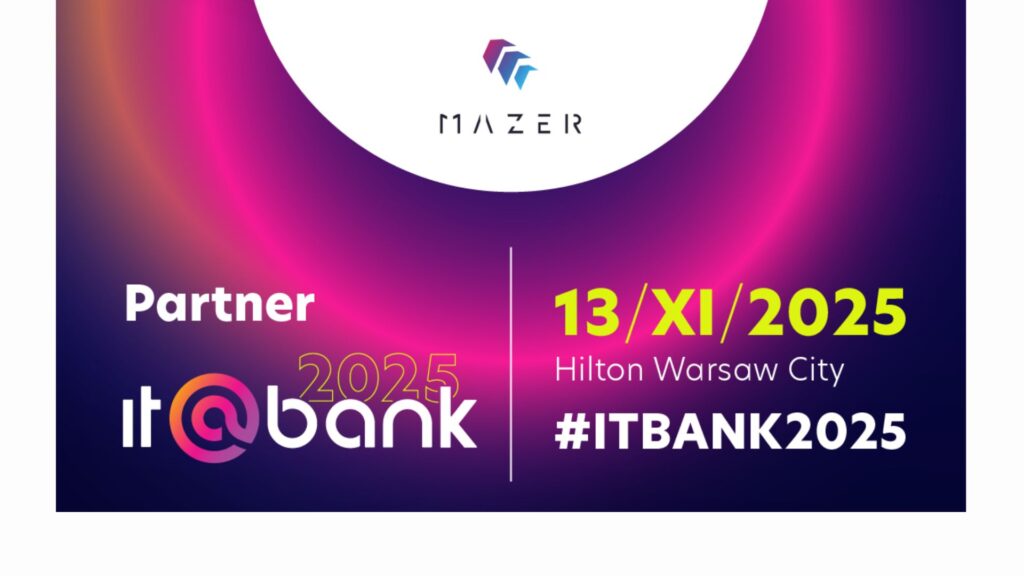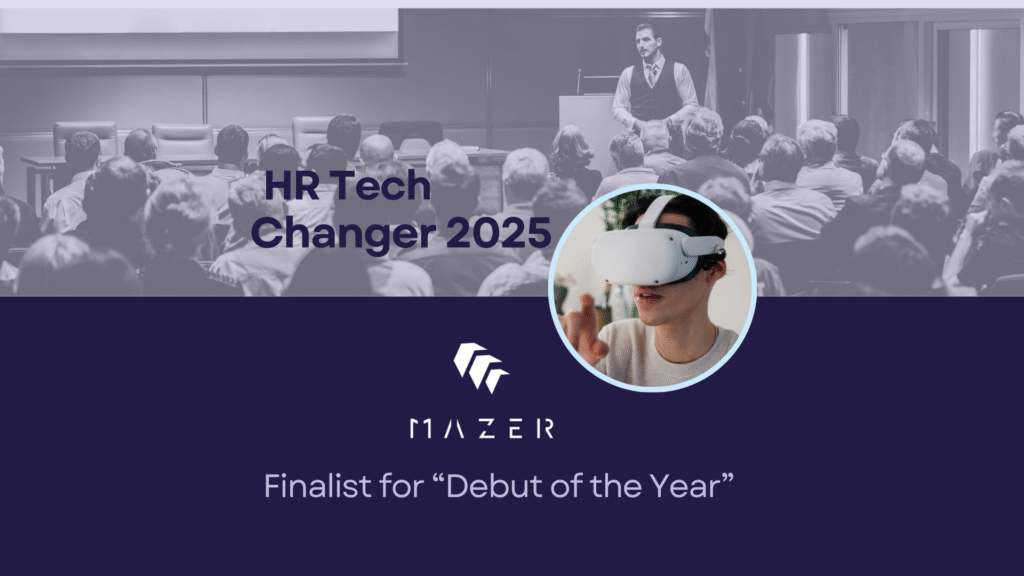Top 5 Tips for Integrating Virtual Reality into Training Programs
Table of Contents:
Key Points
- Integrating Virtual Reality (VR) into corporate training can significantly enhance learning effectiveness and reduce training time when implemented strategically.
- A successful VR training program requires a thorough needs assessment, careful platform selection, focused pilot programs, and effective change management.
- Continuous measurement and optimization of VR training initiatives are essential for maximizing ROI and aligning training with business needs.
Integrating Virtual Reality into corporate training programs represents one of the most impactful investments L&D departments can make, but only when implemented strategically. While VR training delivers proven benefits, including improved learning effectiveness and reduced training time, these results require thoughtful planning, clear objectives, and systematic execution.
Tip 1: Conduct a Strategic Needs Assessment
The most common mistake organizations make is starting with technology rather than the business problem. Successful VR implementations begin with a rigorous needs assessment identifying specific training challenges where VR’s capabilities deliver maximum value.
Map your organization’s current training landscape. Which programs consume the most resources? Where do employees struggle to achieve competency? What scenarios involve high costs (expensive equipment, travel), significant risks (safety hazards), or logistical complexity (geographic dispersion)? These pain points represent prime opportunities for VR.
Focus particularly on high-risk procedures where mistakes carry significant consequences but practice opportunities are limited, such as those involving expensive or scarce equipment, soft skills, and interpersonal scenarios, as well as compliance requirements that demand consistent training across large populations. Walmart exemplified this approach by identifying specific training challenges (Black Friday preparation, technology rollout) where VR addressed real business needs, resulting in training time reduction and employee satisfaction improvement.
Document baseline metrics before implementing VR: training costs, completion times, assessment scores, error rates, safety incidents, and employee confidence. These baselines provide the foundation for calculating ROI.
Learn the fundamentals of VR training implementation
Tip 2: Choose the Right Platform
The VR platform you select fundamentally determines your long-term success, as it influences content development speed, scalability, costs, and user adoption. For most organizations, no-code platforms that enable internal teams to create content without requiring programming expertise deliver the best balance.
Prioritize these capabilities: No-code content creation, empowering L&D professionals to build scenarios independently without external developers. Device flexibility supporting multiple headset types and screens. Robust analytics providing visibility into trainee performance and effectiveness. LMS/HRMS integration enabling VR data to flow into existing systems. Scalability supporting your organization’s size and geographic distribution.
Avoid vendor lock-in by selecting solutions that support multiple hardware platforms. Ensure your platform connects seamlessly with Learning Management Systems and authentication systems. Customization capabilities, which allow for branded environments and company-specific scenarios, maximize knowledge transfer. AI readiness positions your investment for future enhancements.
Intel’s platform selection illustrates these priorities: they chose solutions that enable internal content creation, support a global workforce, integrate existing systems, and provide detailed ROI analytics. The result: 300% five-year ROI with the majority of trainees requesting additional VR modules.
Tip 3: Start with a Focused Pilot
Organizations achieving VR success follow a crawl-walk-run approach: focused pilots proving value, followed by systematic expansion based on demonstrated ROI. This strategy reduces risk, builds organizational confidence, and generates data justifying broader investment.
Design pilots with these elements: Select a specific, high-impact use case addressing clear business problems involving 30-50 trainees. Define success metrics explicitly: reduced training time, improved assessment scores, higher confidence, and fewer safety incidents. Gather comprehensive feedback from trainees, trainers, and managers. Compare rigorously against traditional training using control groups where possible. Budget 90-120 days from initiation to results presentation.
Document everything: costs, performance metrics, qualitative feedback, and unexpected benefits. Present results strategically to decision-makers using concrete data and cost-benefit analyses. Marriott Hotels followed this approach, achieving a reduction in onboarding time, improved retention, and overwhelmingly positive feedback, which gave executives the confidence to expand VR enterprise-wide.
Tip 4: Prioritize Change Management
Even sophisticated VR platforms deliver zero value if employees don’t use them, yet many organizations underinvest in the change management required for successful adoption. VR represents unfamiliar technology; overcoming skepticism requires deliberate effort.
Educate before deploying by explaining why the organization implements VR, how it benefits employees, and what to expect. Create VR champions, identifying enthusiastic early adopters who become advocates. Make first experiences exceptional by ensuring clean headsets, proper adjustment, engaging introductory scenarios, and hands-on assistance. Celebrate early wins publicly through testimonials and success stories. Provide ongoing support through accessible help resources and continuous improvement. Address accessibility concerns and ensure alternatives are available for those facing challenges.
Intel’s training success partly stemmed from thorough pre-implementation communication, building anticipation rather than resistance.
Explore strategies for measuring VR training impact
Tip 5: Measure, Iterate, and Optimize
VR training implementation is an ongoing process of measurement, learning, and refinement that maximizes value over time. Establish comprehensive measurement frameworks covering efficiency metrics (completion rates, time-to-completion), learning effectiveness metrics (assessment scores, knowledge retention, skill application), business impact metrics (safety incidents, productivity, compliance), and financial metrics (ROI, cost per competent employee).
Use metrics to drive continuous improvement: refine content based on sections where trainees struggle, expand scenarios to address untapped training needs, optimize technology through new features and updates, and inform decisions about scaling. Establish quarterly review cycles in which stakeholders examine key metrics and make data-driven decisions to inform the program’s evolution.
Boeing systematically expanded VR after demonstrating a 75% training time reduction, eventually building a comprehensive VR training ecosystem. This disciplined approach ensures that VR training remains aligned with business needs and continues to improve.
Conclusion
Successful VR training integration requires strategic thinking, careful planning, user-focused implementation, and continuous optimization, rather than merely acquiring technology. Organizations following these five tips achieve compelling outcomes: dramatically reduced training time, superior knowledge retention, enhanced safety, and measurable ROI.
Ready to begin your VR training journey? Connect with Mazer’s training specialists to develop a customized implementation roadmap.
Sources
“Boeing: Cuts 75% training time with VR, AR.” InfiVR, 16 June 2020, infivr.medium.com/-a11a38d22f0d.
“Virtual Reality Training Hospitality Revolutionizes Careers 2026.” Study Hospitality, https://study-hospitality.com/technology-innovation-in-hospitality/virtual-reality-training/virtual-reality/.
“Strivr helps Walmart reduce training time by 96% | Customer story.” Strivr, 2024, www.strivr.com/customers/walmart.
“Using Virtual Reality as an Effective Corporate Training Tool.” Dedicated Computing, 2020, info.dedicatedcomputing.com/hubfs/Intel/virtual-reality-corporate-training-solution-white-paper.pdf.
“VR Training and VR Education Statistics 2025.” Takeaway Reality, 2024, www.takeaway-reality.com/post/vr-training-and-vr-education-statistics-2024.
What is the first step organizations should take when implementing VR training?
What are some key capabilities to prioritize when selecting a VR platform?
Key capabilities include no-code content creation, device flexibility, robust analytics, LMS/HRMS integration, and scalability.
What approach do successful organizations follow when starting VR training?
Successful organizations follow a crawl-walk-run approach, starting with focused pilots that prove value before expanding based on demonstrated ROI.
Why is change management important in VR training implementation?
Change management is crucial because even sophisticated VR platforms provide no value if employees do not use them; overcoming skepticism requires deliberate effort and support.

Author: Rafał Siejca
Rafal has over twenty years of corporate experience, including roles at Millennium Bank, Comarch, and leading software teams at PZU, one of Europe’s largest insurance companies. As one of Poland’s few true VR experts with a decade of experience, he ensures timely, high-quality project delivery as CEO and CTO.










